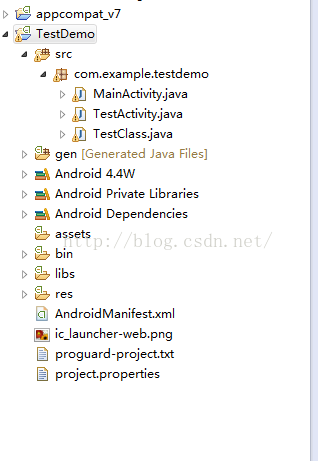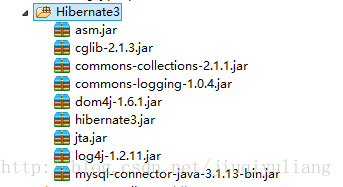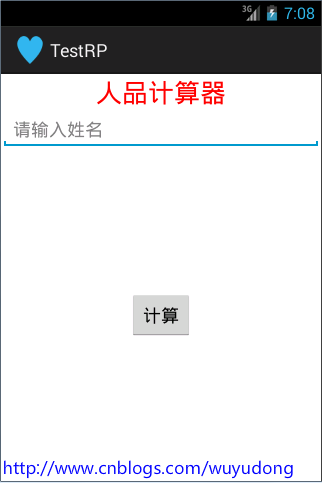編輯:關於Android編程
起始的想法是將Fragment和ViewPager結合起來,
然後突發奇想,在第一個Fragment裡添加了ListView,
依照網上的建議,extends了ListFragment,接著各種報錯。
仔細看了下,原來是MainActivity這裡:
復制代碼 代碼如下:
//構造適配器
List<Fragment> fragments=new ArrayList<Fragment>();
fragments.add(new Fragment ());
fragments.add(new Fragment ());
fragments.add(new Fragment ());
FPAdapter adapter = new FPAdapter(getSupportFragmentManager(), fragments);
因為是
List<Fragment>
Fragment1用ListFragment自然會報錯。
修改Fragment1裡代碼,添加ListView的方法如下:
public class Fragment extends Fragment {
private ListView listView;
public View onCreateView(LayoutInflater inflater, ViewGroup container,
Bundle savedInstanceState) {
// TODO Auto-generated method stub
View view= inflater.inflate(R.layout.layout , container, false);
listView = (ListView)view.findViewById(R.id.lv);
ArrayAdapter<String> arrayAdapter = new ArrayAdapter<String>(getActivity(),
android.R.layout.simple_list_item_ ,getData());
listView.setAdapter(arrayAdapter);
return view;
}
private List<String> getData(){
List<String> data = new ArrayList<String>();
for(int i = ;i < ;i++) {
data.add(i+"");
}
return data;
}
}
其中
android.R.layout.simple_list_item_1
是自帶的,不用定義。
這樣ListView便能正常顯示了。
以上就是本文的全部內容,希望大家喜歡。
 Android開發之在Eclipse中單元測試,在Class中進行單元測試與Activity中單元測試
Android開發之在Eclipse中單元測試,在Class中進行單元測試與Activity中單元測試
我們在進行項目開發時,為了提高項目開發效率,方便項目測試中的局部代碼功能測試會用到單元測試。這樣就不用重新運行一遍整個項目。長期以此我們會就節省大量的時間去做其他的事。首
 三大框架SSH成長路程(二)
三大框架SSH成長路程(二)
hibernate是非常典型的持久層框架,持久化的思想是非常值得我們學習和研究的。這篇博文,我們主要以實例的形式學習Hibernate,不深究Hibernate的思想和原
 Android 在不同Actitity之間數據傳遞
Android 在不同Actitity之間數據傳遞
本文實現一個簡易的人品計算器來實踐在不同Actitity之間數據傳遞intent的數據傳遞從A界面打開B界面 把A界面的數據傳遞給B界面1. intent.setData
 android4.0 USB Camera實例(四)CMOS
android4.0 USB Camera實例(四)CMOS
上一篇說了下usb camera uvc標准的 順便把CMOS做到一起 操作上基本一至 上一篇HAL層裡我已經提供了CMOS的相關接口 JNIEXPORT jint